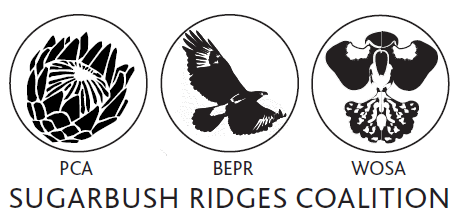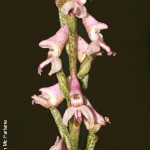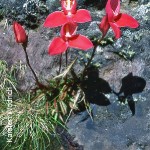Disa
The genus Disa is an extremely large genus comprising of 183 species. It is endemic to Africa with only one species extending into the Arabian peninsula. Most of the species can be found in the Cape floral region. Of the 183 species a total of 143 are found in South Africa and one in Swaziland. The best known and largest species of Disa is the red Disa or Disa uniflora. The dorsal sepal is hood shaped and has a single spur of varying length protruding from the back. Most species are terrestrial. Previously the genera Herschelianthe, Monadenia and Schizodium were considered separate to Disa but have recently been found to be so closely related to Disa that they have been included in the genus.
Credit
Johnson, S.D., Bytebier, B., Stärker, H. (2010). Orchids of South Africa: A field guide. Struik Nature, Cape Town, South Africa.
Disa aconitoides
Description
Slender terrestrial up to 600mm tall. Different to other species and quite unique. Rarely produces sterile shoots. Leaves 5-10 on sterile shoot, cauline. Inflorescence lax with 15-50 flowers, which face downwards at 45 degrees. They are off-white or flushed pale mauve with darker mauve spots. The lip has a central solid mauve line.
Disa uniflora
Description
Slender, fairly robust terrestrial, growing up to 600mm tall. Spreads via underground stolons. Leaves at the base are narrow, spear shaped and up to 250 mm long. Inflorescence usually has 1 flower, but can sometimes have up to 3. Lateral sepals and lip carmine in colour with a sparkling texture when viewed in full sunlight. Galea orange or yellow inside with red spots and forked veins. Yellow flowered specimens have also been found. This species is very variable in the size of the plants and colouration of the petals and sepals. This is undoubtedly our most spectacular and well-known orchid and is in the badge of the Western Province Rugby Union.
For more information regarding the preservation of South Africa's wild Orchids or if you would like to get involved please email This email address is being protected from spambots. You need JavaScript enabled to view it. or complete this short form Contact Us and we will contact you.



